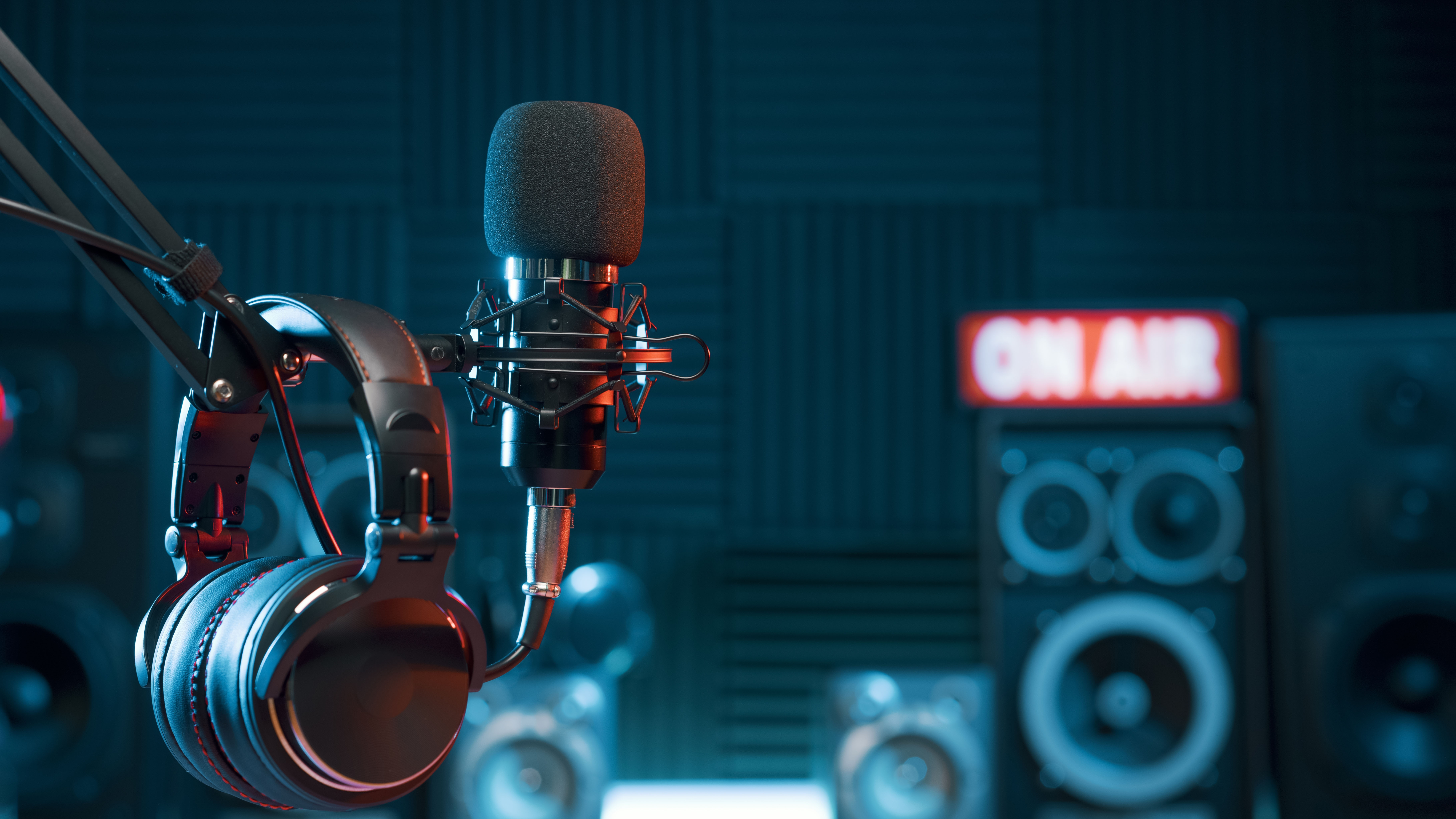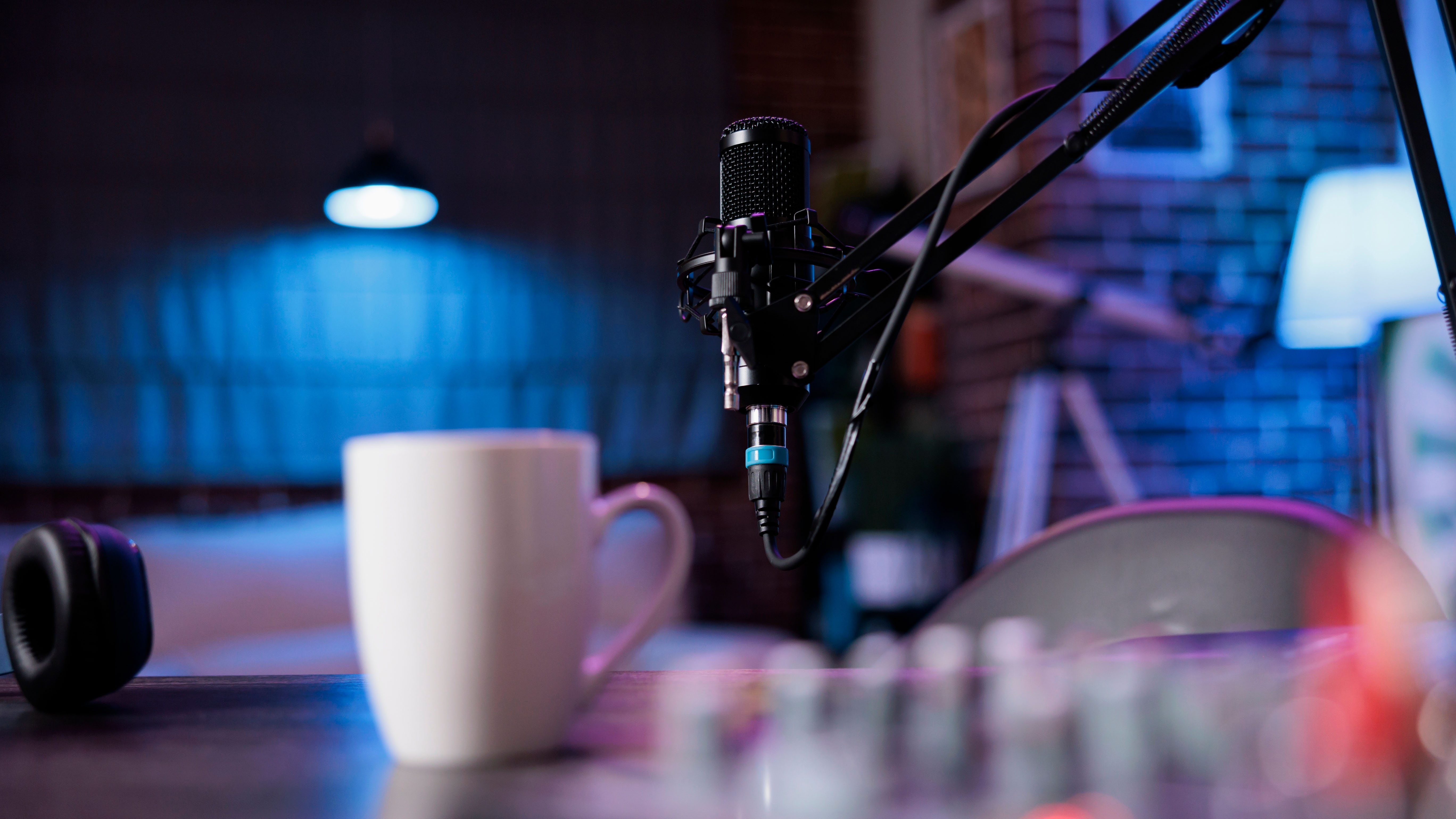[ad_1]
El gran día casi está aquí y con él hay muchas ofertas tecnológicas que lo llevarán al nuevo año. Este es un momento especialmente bueno para invertir en equipos para iniciar su podcast.
y ofertas de viernes negro Garantizado para seguir recortando hasta las vacaciones apropiadas. Hay algunas ofertas premium reales, que incluyen Micrófono USB HyperX SoloCast por $ 50,99 en Best Buyel Brazo de micrófono InnoGear MU078 por $ 22,99 en Amazony Los auriculares inalámbricos HyperX Cloud II cuestan solo $ 84,99 en HP.com.
• Compre más ofertas en Amazon
Este es el momento perfecto para recoger todo el equipo para empezar, incluidos algunos Los mejores auriculares, Los mejores micrófonos para streamingY más.
Las mejores ofertas en equipos de transmisión de hoy
A continuación encontrará excelentes ofertas en los cinco equipos esenciales que necesitará para comenzar a hacer podcasts (aparte de obtener… Buena computadora para juegos).
micrófonos
Brazos de pluma
monitores de estudio
Auriculares
Las 5 herramientas más importantes que necesitará para comenzar a transmitir (aparte de una PC)

Para comenzar a transmitir, necesitarás un equipo básico, básicamente cinco elementos: un micrófono y un micrófono. brazo Para sostener su micrófono, monitor de estudio, software de edición de audio y un par de auriculares.
- micrófono: El equipo más sencillo que necesitas, ya que puedes cubrir la mayoría de los demás trabajos con él y con tu ordenador. Aunque muchas computadoras tienen micrófonos incorporados, estos no suelen ser de la mejor calidad. Por lo tanto, comprar un micrófono hecho específicamente para podcasting es una buena inversión, ya que solo la mejora en la calidad del sonido vale la pena.
- brazo articulado: Esto no es estrictamente necesario, pero tener un brazo articulado para conectar al micrófono le brinda un alcance mucho mayor, estabiliza el micrófono y mantiene libre el espacio en su escritorio para un teclado y un mouse.
- monitor de estudio: Estos dispositivos tienen filtros y parabrisas incorporados que evitan tics molestos y sonidos repentinos (como el sonido “p” en “pop”). Estos limpian significativamente el sonido durante la grabación. También protegen los micrófonos de la saliva que sale volando porque la saliva acumulada puede corroer las piezas del micrófono. También querrás comprar Almohadillas aislantes Para emparejar con un monitor de estudio.
- Auriculares: Necesitará auriculares si tiene un micrófono separado, porque no quiere que los parlantes de su computadora generen retroalimentación mientras graba. Todo presentador de podcast necesita uno para poder escucharse a sí mismo y controlar la calidad del audio y los niveles del micrófono mientras graba. Esto evita errores y reduce las regrabaciones al proporcionar información directa a los anfitriones sobre la calidad del audio.
Qué saber antes de comenzar este podcast

Hay otros equipos especializados que puede comprar a medida que invierta más en hacer crecer y mejorar su podcast, como un mezclador o interfaz de audio, procesadores de audio y un amplificador de auriculares.
El software de grabación y edición de podcasts es una necesidad absoluta, ya que debería poder editar audio no deseado, así como eliminar secciones innecesarias y aire muerto entre líneas. Programas como la audacia y DaVinci Son excelentes puntos de partida ya que son relativamente fáciles de usar y gratuitos.
Es inteligente empezar poco a poco cuando empiezas a hacer podcasts porque necesitas medir tu popularidad. Pero es importante comprar mejores equipos con el tiempo para retener y hacer crecer su audiencia. Los oyentes están dispuestos a soportar una mala calidad de audio al principio, pero rara vez se quedan con un podcast que sigue cometiendo errores.
Por supuesto, hay otros aspectos del podcasting que no se pueden comprar. Esto incluye la capacidad de escribir un guión sólido, presencia vocal y habilidades de conversación, cumplir con los plazos y buena química con los coanfitriones. Si no tiene o no desarrolla estas habilidades mientras continúa con su podcast, no durará mucho.
¿Quieres las últimas ofertas de EE. UU. directamente en tu teléfono? Seguir Canal de ofertas de WhatsApp TechRadar!
[ad_2]
Source Article Link



